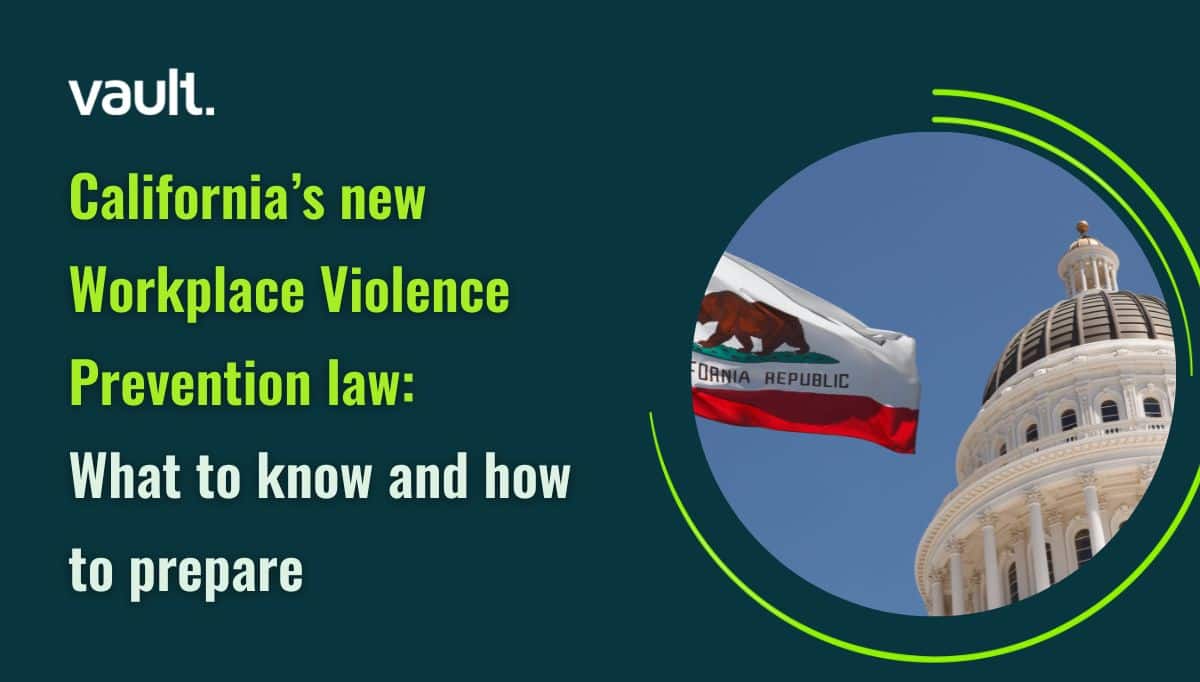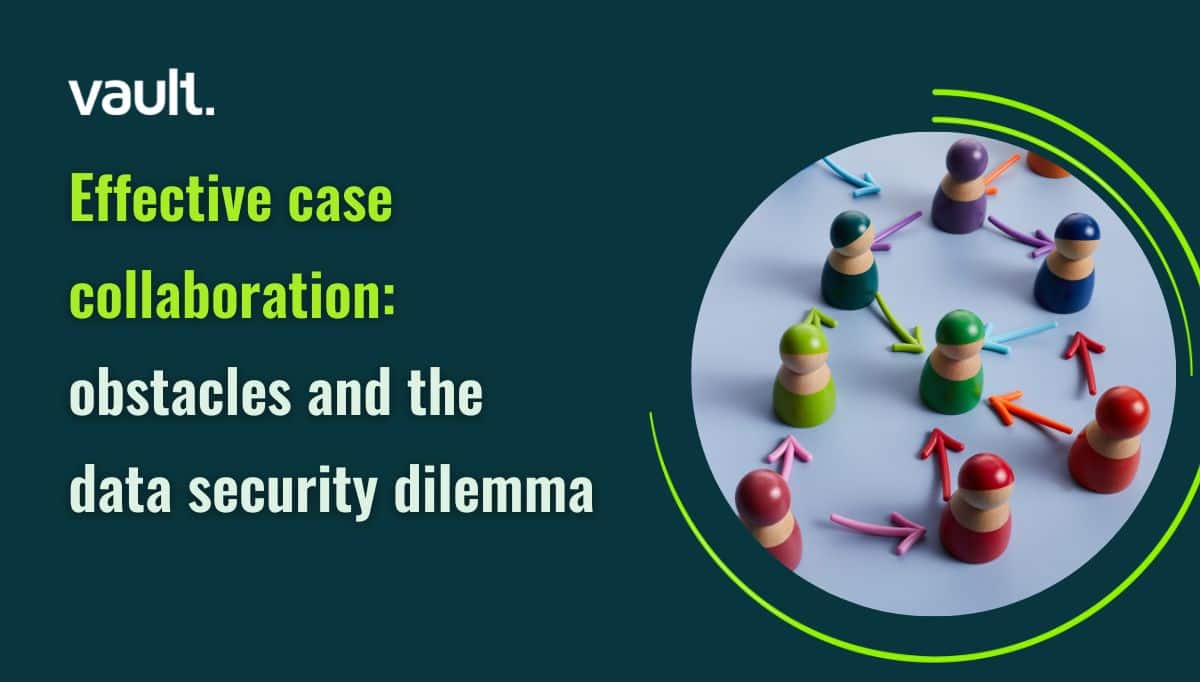If you had a series of accidents in your company that resulted in lawsuits and reputational damage, you would create a systemic program looking at work redesign, communications, training, metrics, rewards, and incident reporting. Diversity in business is no different and should be treated like a safety program. This is the advice of HR expert Josh Bersin in his recent blog.
Bersin argues that just as with failures in safety (which may result in the death of an employee or member of the public in the worst case), violations regarding diversity should be treated in the same way – they should not be tolerated.
But fixing the systems is no mean feat. Given the current global focus on diversity, inclusion, and equity, the world’s leading HR expert warns that Chief Diversity Officer is the “toughest job in business” and many companies don’t quite yet understand the breadth and depth of the role as a changemaker.
“The Chief Diversity Officer cannot just be a black business person who champions the cause. He or she has to break down the walls of communication and get people talking about what’s on their minds,” Bersin said.
Diversity lead is the toughest job in business
The scope of the role is more than training, which increases awareness and sensitivity, but does not change behavior because people are all biased in some way. It takes process to change bias and that means changing and implementing processes top to bottom.
“Diversity is a management strategy, not an HR program. While many CDOs are buried in HR, the essential topic of fairness and diversity is part of the management culture,” said Bersin. End-to-end diversity, inclusion, and fairness in the company is covered by a wide set of issues including recruiting, promotion, pay, team behavior, senior leadership, and day to day personal interactions.
The strategy is more than the sum of its parts, not just a set of programs. But critically, without the CEO and top management team’s buy-in, programs have limited impact.
Two reasons diversity is failing
Bersin’s words were echoed in an opinion article on CNN, in which Johnny C. Taylor Jr., president and CEO of SHRM, said that many workplace diversity efforts are failing for two reasons.
The first is that organizations are not committing fully and continuously to inclusion and diversity.
“This takes significant financial investment, and it also takes investment in the form of visible, visceral commitment from the CEO and the entire C-suite. This is not just the job of the chief diversity officer (CDO).”
Secondly, diversity often comes without inclusion. Taylor argues that an organization could hire the most diverse workforce on earth, but if those people can’t work together and connect, there’s no endgame.
“Diversity alone isn’t the goal. It’s the beginning of the journey to equity that demands that we go further by taking up the difficult, but infinitely more rewarding task of cultivating true inclusion,” Taylor said.
Reward inclusion, capture violations
The consensus is that paying lip service and cutting checks to relevant causes will not undo inequity. It’s a process to check your inclusivity constantly in the workplace, even down to observing how meetings are conducted and who is present.
“When you see random acts of inclusion, note and reward them,” Taylor says. And Bersin notes that a similar approach should be taken to violations, supported by “a new set of reporting systems (Vault Platform, for example), that let people report misconduct, abuse, or harassment in a completely confidential way.”
Clearly there is growing understanding and support of the necessary approach. In the latest Pulse of HR survey of 800+ professionals, when asked what they thought their company could do to improve racial justice, the number one answer was to “encourage and engage in dialogue about the systemic racism that holds back minorities and women.” This was followed by “being less scared to discuss race issues.”
As much as part of this solution is enabling people to Speak Up, just as important a part is enabling employers to listen, and that requires a rethink of the tools and processes you have in place.
For those of you interested in discussing this topic or learning more, we have an upcoming webinar: 5 ways HR can boost workplace inclusion and equality. Register here.
[simple-author-box]


